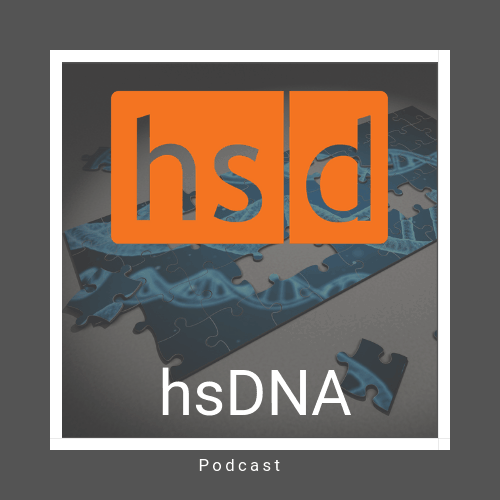When starting any project, there are checkpoints for design that help drive the end product.
At a company like HSD that has always been a medical and life science product development firm, the roots of the company and leadership have always been in design. Design is really part of the culture.
To be clear, when there is a discussion around design, the talk is about the digital and physical elements. That means the design is really all about the overall user experience and the checkpoints for design are highly collaborative and interlinked. Tor Alden, Principal of HS Design in Gladstone, NJ on the most recent podcast of hsDNA, put together a quick checklist for the elements of design for the medical and life science industries.
Design Champion
Tor shared, “the number one checkpoint I see out of all of our projects where I can almost pinpoint directly the success of why a product has reached an award level status or has made a successful entry to the market, is the internal design champion. That product champion could be the CEO, it could be a project manager, or a product manager. It needs somebody within the team that can push and take the risk of some fall back that they may get by pushing the envelope. They are the ones that give that constant message that this design needs to be successful. Again, as you go into a multi collaborate, group, you can see how some groupthink happens, decisions are watered down, the design intent becomes maybe a little fuzzy, bringing that champion back to make sure all those points are hit is important.”
Connection with Users
“The connection with users is something that, in medical design, is really driven home when I think a lot of other design industries may not have the exact same drive to complete because they don’t have the fear of the FDA. That’s a nice feature for HS Design because the FDA does require contextual research as support for a device. They do require folks to test the products informative or summative test with the users so we get those touch points to make those decisions. We can gauge how intuitive the operation is or how collaborative the product is with other products within the environment.”
Good Design
“Good design, in my opinion, is honest and that means the simplicity and seamlessness of user experience. Not trying to create something that it’s not, so it’s a balance between that simplicity and creating personality for the product.” Successful Design firms do this with a collaborative resource that includes design research, human factors, industrial design, user interface design, engineering and rapid prototyping.
Creating Personality
Creating a personality and tying in the company branding for a product is the final piece in the process that makes a design successful. Things like, thoughtful interfaces, materials, technology, and tactility help these products stand out specifically based on how they treated the environment and the aesthetics. Tor concluded, “I’ll just say that if you can design a product focusing on some signature elements, for example, color, and differentiate your product, you can get the best of both worlds; you can get that user experience, but also create a brand identity for your company moving forward.”
